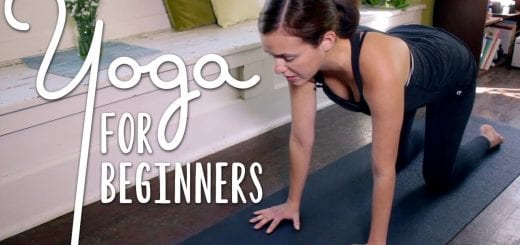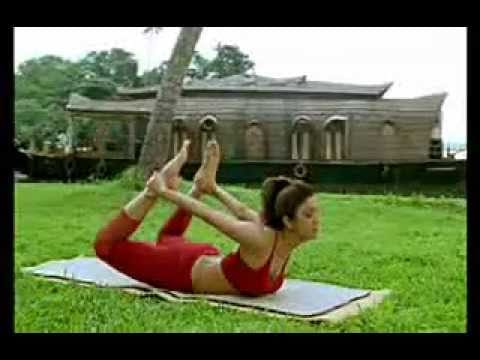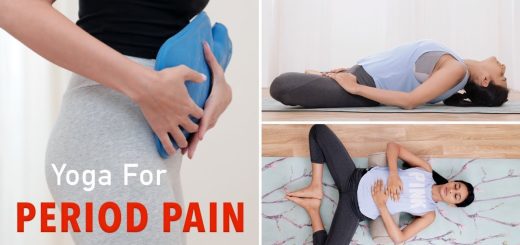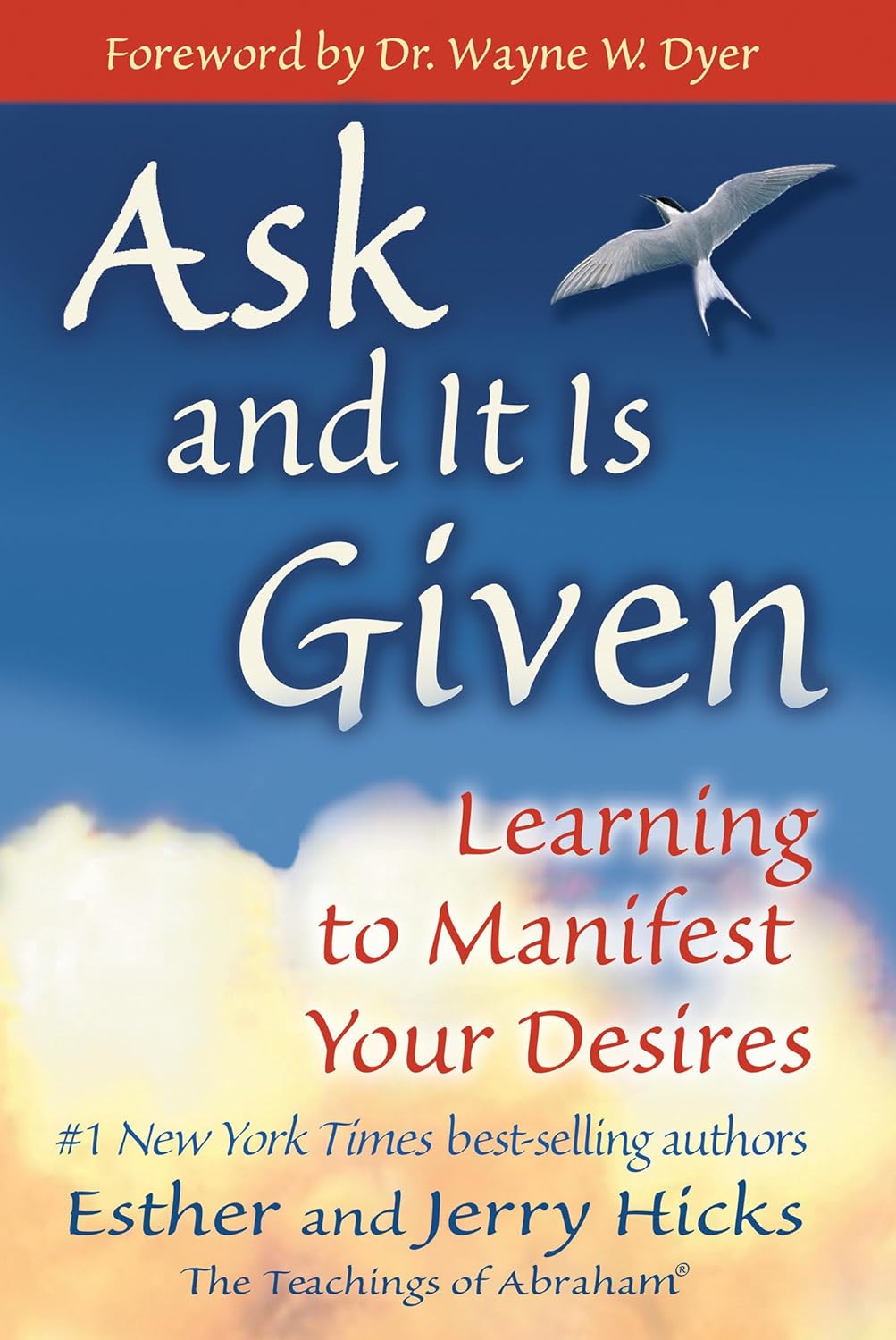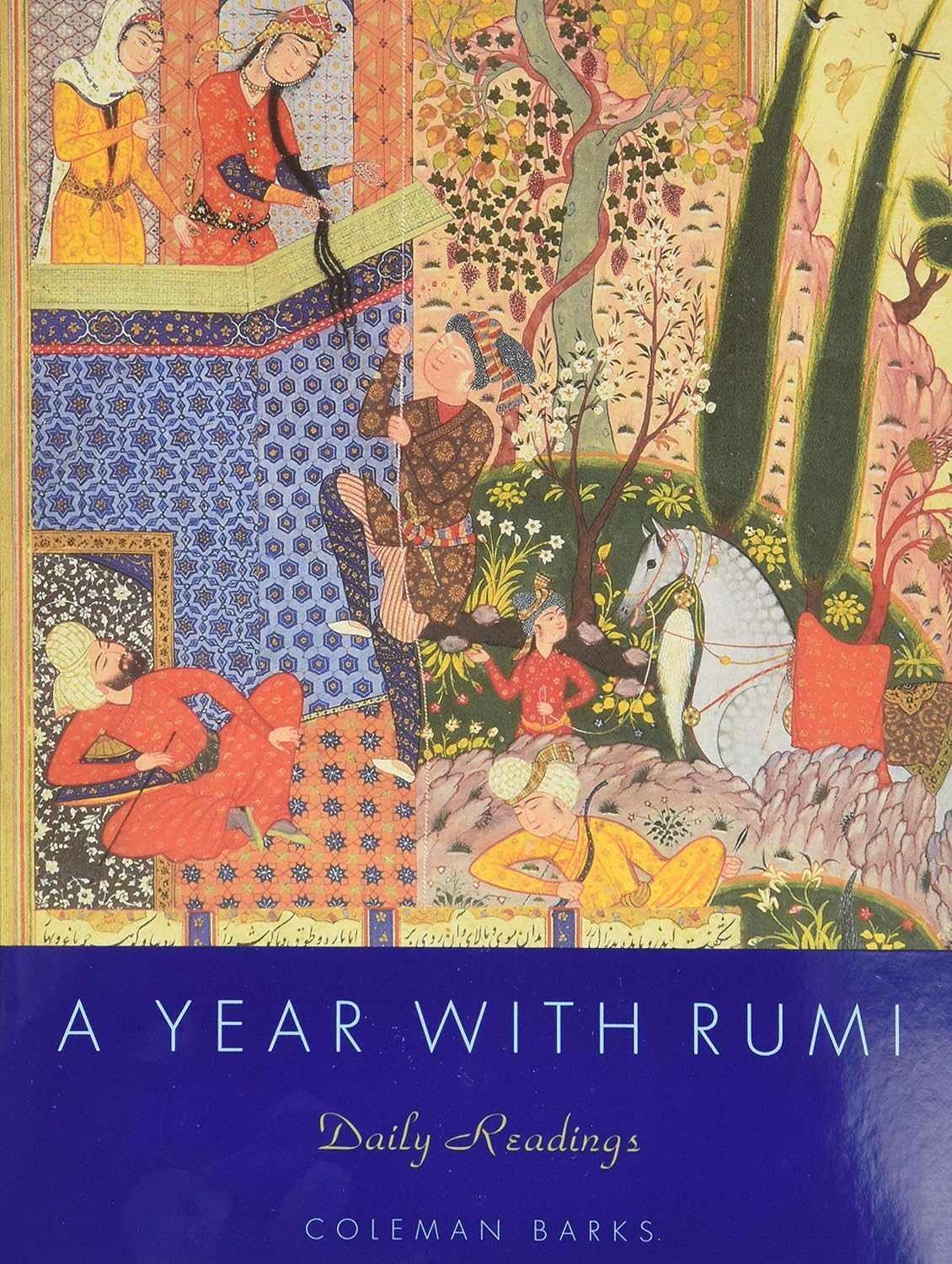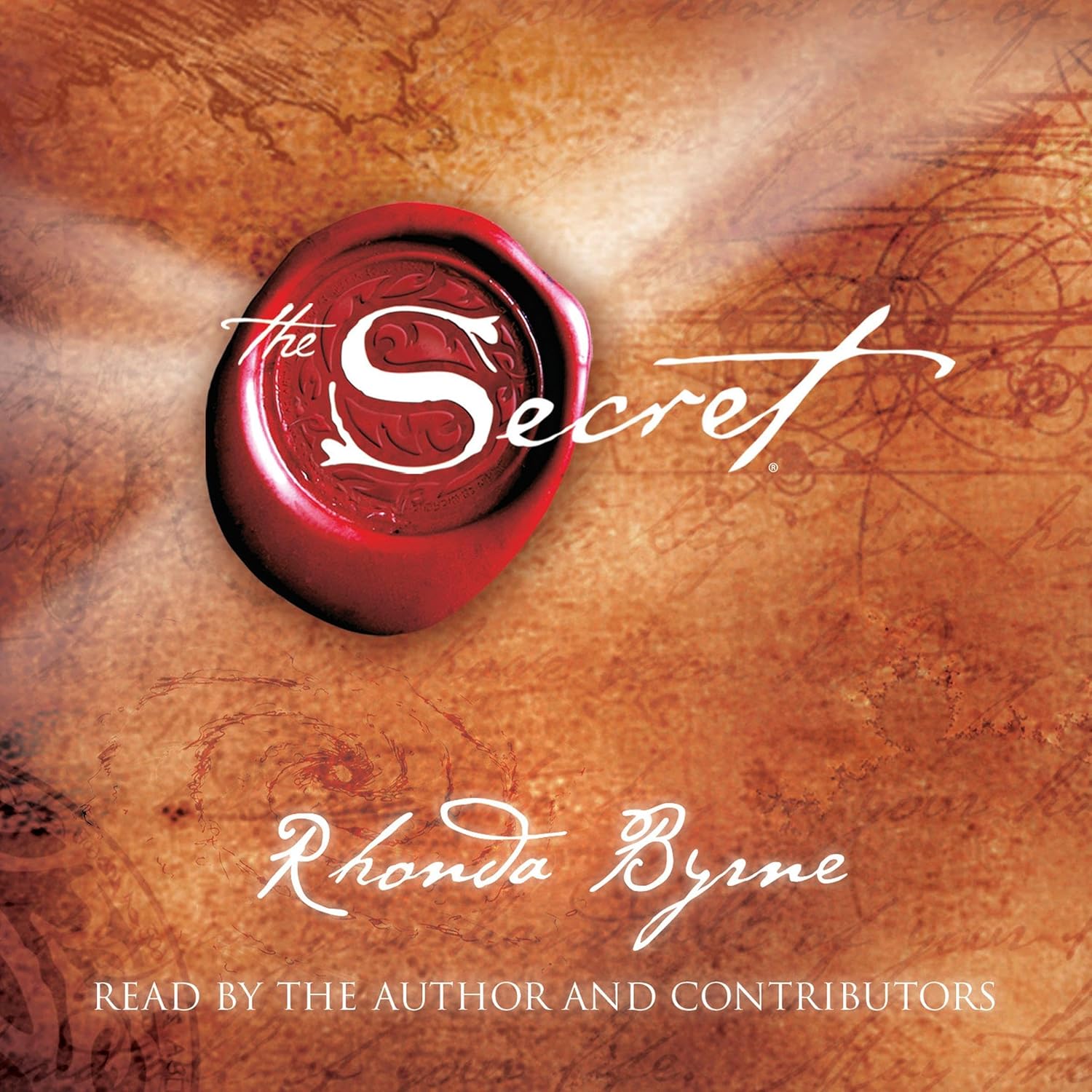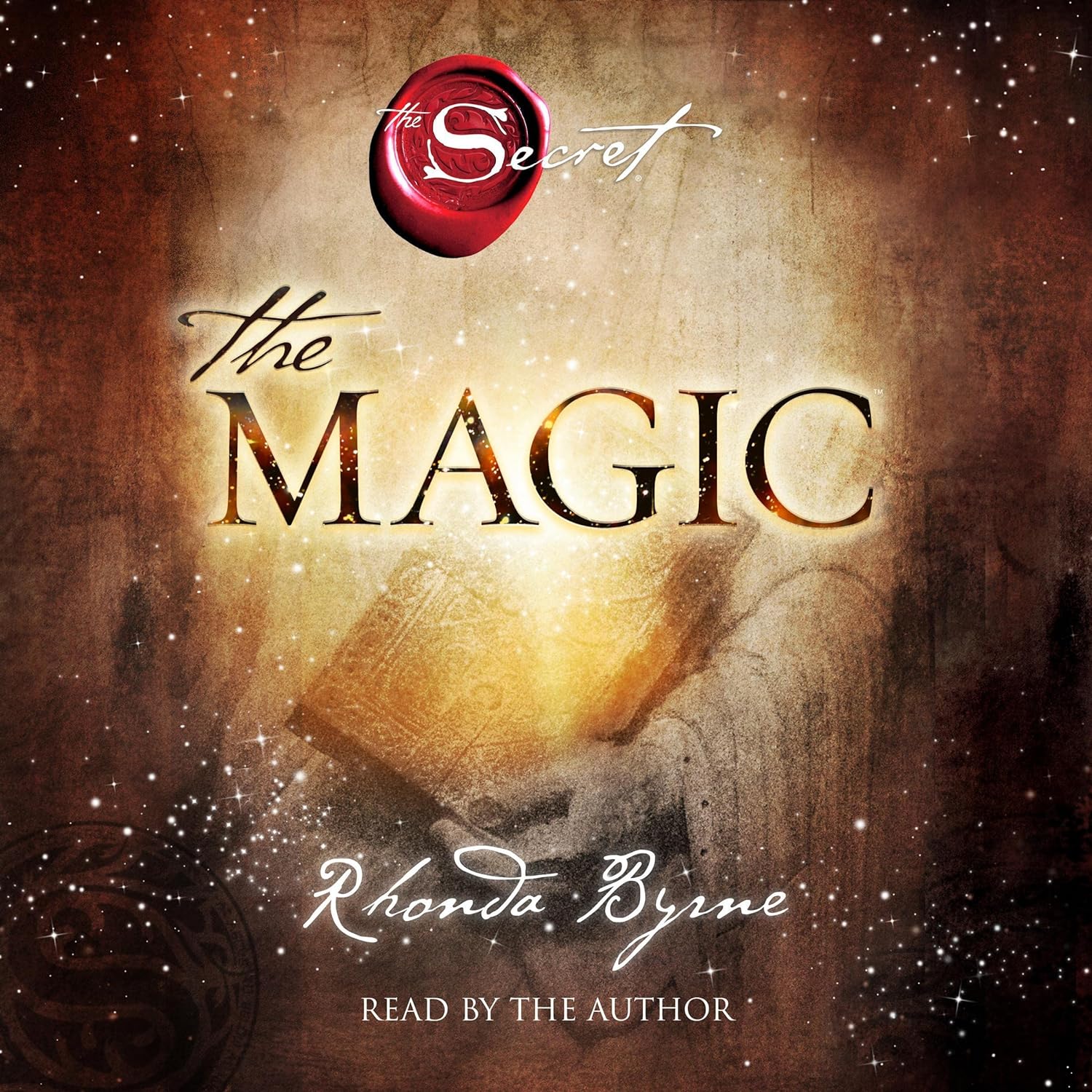Yoga For Complete Beginners – 20 Minute Home Yoga Workout!
Hey everyone. Welcome to Yoga with Adriene.
I am Adriene, and I am super-excited becausetoday we have a sequence for the complete
beginner. If you’re new to yoga or you’vebeen curious about yoga practice and all its
wonderful beautiful benefits, this is a greatsequence for you. You don’t
need any blocks, you don’t need any blankets;all you need is your body and an open mind.
If you have a mat that’s great, but otherwise,open mind, open heart. Let’s get started. OK, my friends and my new friends, we’re going
to begin in a cross-legged position we callthis Sukhasana, or the easy pose, the pose
of ease. Take a second here to check in withthe breath by maybe looping the shoulders
a couple times forward, up, and back. Inhalelooping forward, exhale
grounding down and back. Just finding a littleorganic movement, and then maybe checking
in with the neck by maybe just moving oneear over one shoulder. Then we’ll go forward
into chest, shaking the head, yes and no. Coming back to center, we’ll bring the head
over the heart, the heart over the pelvis. Take a second to maybe close your eyes or
soften the gaze so you can maybe go inwarda little bit as we find alignment; head over
heart, heart over pelvis. We life the sternum,lift the chest, and then again,
ground down through the elbows on the exhale. Find a nice space between the ears and the
shoulders. We just come into the moment witha little integrity, whatever that means to
you. For me, it means body awareness, mindawareness, noticing where my thoughts are,
and coming back to thatbody awareness. See if you can begin to deepen
your breath; nice, long inhale in and a nice,long, juicy exhale out. Keep that going; nice,
long inhalation and a nice, long, extendedexhale out. Draw your palms together at the heart, take
a deep breath in. Each time we come here,this is a great little beginners’ tip: Each
time we come to this mudra, we call it AnjaliMudra, you can think about lifting your sternum
or your heart up to your chest. Often whenwe get a little bit tired, and we
will in our practice, we can have this littlereminder to loop the shoulders and lift the
sternum to the thumbs each time we come tothis hands-at-the-heart or this prayer position,
Anjali Mudra. Practice that now. Inhale, liftyour sternum up to your thumbs, draw your
lower belly or your navel in to meet yourspine. Again, we’re just coming into this
activebody but with this sense of ease. This is
going to be a wonderful tool for beginninga yoga practice; just finding the balance
between active body, strength, engaging qualities,and then also a softness, an ease, a lightness,
a calmness, if you will. Finding a place wherethose two can dance and be together is what
our yoga is all about. Interlace the fingertips, follow your breath.
As you inhale, press the palms forward, up,and back. Nice and easy as we climb up the
side body, climb up the spine. On your nextexhale, release the fingertips down. Nothing
fancy, just checking with the body, checkingwith the breath.
Inhale again. Forward, up, and back. On yourexhale fingertips release with elegance, with
ease; opening the shoulders, opening the chest,checking with the side body. One more as we
ground down through the top to the thighs. Deep breath and exhale release. Take your right palm to your left knee, sit
up nice and tall. Send your left fingertipsbehind the tailbone. As you inhale, lift up,
lift your heart, exhale journey towards theleft. Find a gentle twist. Navel draws in
towards the spine, and we remember that wecome to the mat to have an experience in our
body. Don’t crank yourself into the posture. Have the
experience of gently moving into the twist,maybe closing the eyes for one last breath.
We gently release back to center and takeit to the other side; left palm to right knee,
sit up nice and tall. This time I’m goingto turn to the side so that you can see my
spine. The tendency is going to beto round forward. We spend a lot of time here
all the time, so no worries. In time, we’regoing to begin to lengthen tailbone down,
lower back becomes nice and long, heart lifts,shoulder blades ground down, and we find our
twist. What I’m trying to say is don’t sacrifice
this lift in the heart and this length inthe spine for a deeper twist. This is wrong
y’all; it’s just wrong. Find what feels right,what feels good. It might mean that you don’t
go all the way far back at first. We keepa nice mindful twist, using that exhale to
journey a little deeper, even if it’s justenergetically, and then gently releasing back
to center. Take a second one more time to interlace the
fingertips with the heart. Inhale, palms reachforward, up, and back. Long puppy belly we
stretch; lift it up high, and then exhale,release fingertips to the mat. Side body stretch
nice and easy, keep grounding through thelegs. The legs aren’t
just limp, they’re nice and active; tops ofthe thighs drawing down. Plant your left palm or left fingertips, beginner
yogi’s choice. Press into the palms or thefingertips, and then send the right fingertips
up, think up, up, up, up, and then go over. Careful not to just go over trying to mimic
an asana that you’ve maybe seen before; havean experience. Inhale,
reach it up, keep this lift in the heart,and then exhale, side body stretch. Here,
we’re not going to hold, but we’re going toset the tone for our yoga practice and our
yoga journey by finding a little self-expression,finding a little movement. You might sway
up and down, front and back, you might closeyour eyes, you might stretch your mouth, you
might wiggle the fingertips. Draw the shouldersaway from the ears, take a deep breath in,
and exhale swiftly through center and to theother side, creating space in the body, connecting
to the breath. Remember, there’s no rightor wrong. It’s great, just takes the edge
off. We’re going to learn some basics,we’re going to focus on alignment, but really
it’s about that self- expression. Find a momentor two to find a little movement, and then
swiftly we come back to center. We’re going to take the palms and dive forwards
onto all fours. I’m going to align wristsunderneath the shoulders and knees directly
underneath the hip points. I’m pressing intothe tops of my feet; toes are pointing straight
back and my palms are spread super-duper-wide,spreading the palms
like starfish. The most important thing Ican teach you at this moment is to connect
with this upper current of energy, whateverthis means to you, and that means not collapsing
into the bones, but pressing up and out ofthe earth. That means connecting to every
part of the foundation, all partsof the body that’s pressing into the mat,
and then remembering the find that integrity;head in the heart, heart over the pelvis,
but maybe creating a nice tabletop position. We’re not sitting up straight anymore, we’ve
moved our center of gravity, but I can stillwork with that alignment: Head, heart, and
pelvis in line. Notice how I’m drawing my shoulders away from
the ears and I’m remembering that my head,this neck, is an extension of the spine. I’m
not hanging out here, I’m not crunching here,but I’m going ahead and taking the gaze down
for now and finding a nice, long, beautifulneck. You might feel a little
bit of pressure in the arms and the wrist. Keep pressing up and out of the
palms so that we can begin to build strengthrather than collapse into the
bones. From here, one more breath. I’m goingto exhale. On your next inhale, loop the shoulders, drop
the belly, tailbone tilt uptowards the sky as I look forward. A little
cat-cow; long neck. Take yourtime, no rush. On the exhale, I start at my
tailbone, I travel up thespine, walking up the spine until the crown
of the head is the last thingto release. Take a breath cycle, in and out,
letting the weight of the headgo. Navel’s drawing up towards the spine.
I’m pressing into the tops of thefeet, I’m pressing up and out of the palms.
Deep breath in, inhale, loopingthe shoulders, heart radiates forward. Then
on the exhale, tucking thetail, drawing the navel up, closing the eyes
to really have an experience,we call this spinal-flex or cat-cow. One more
inhale. Pressing into all 10knuckles, exhale, curling the tailbone in,
starting there, traveling up thespine; chin to chest, crown of the head releases,
and then we inhale backto tabletop position. Curl your toes, walk
your fingertips back, a littleyoga for the feet, a little beginners’ feet
moment. For some this is no biggie. For others, your
dogs are barking at you rightnow, so you might just stay here. Others might
walk the palms all the wayup. Find that lift in the heart, deep breath
in, press into your pinkytoes. This is a great opportunity to roll
the wrists out. Stay connectingto that breath. Don’t worry about how to breathe,
just continue to playwith the breath; deep in the breath. Then
we’ll come back to all-fours. Come on to the tops of the feet again. Inhale,
extent the right toes outlong. Go ahead and bring the right toes to
the earth. We’re just going totake a couple of seconds to breath into the
back of that right leg, breatheinto the calf. Notice I’m not collapsing into
my shoulders, but I’mmaintaining that lift so that slowly, I can
begin to build that strength inthe arms and just that energetic body, that
lift, we call it Hasta Bandha;the hand-to-earth connection, this upward
current of energy. Notice how I’m rocking a little bit back and
forth, just finding that sitbone to heel connection. I’m working it, drawing
my navel up towards myspine, knitting the lower rib cage and keeping
the neck nice and long. Thenrelease back to tabletop position and take
it to the other side. Curlingthe left toes under now, stretching out the
back of that leg, the calf,while still maintaining a nice line from the
crown of the head to the tipof the tail. Breath, and then we’ll bring
it back to tabletop position. Curl the toes under, walk your palms out,
and then slowly, we’re going towalk the knees back here. Elbows are going
to drop in line with theshoulders and in line with the wrists. Then
my pelvis is going to tilt upas my forehead maybe comes to the mat and
heart melts down towards theknees. If your shoulders are having a wake-up
call right now, maybe youpulse in and out of it a couple times. We
call this Anahatasana, or heart-to-earth pose. This is a like a puppy posture,
like a half-downward dog. Take a couple of breaths, sway a little from
side to side. My shoulders areactually a little tight, a little sore from
practice yesterday, so I’mfinding a little bit of movement. I’m never
sitting in any sharp pain ever,but using my breath as a tool to move beyond
the pain and find somemovement. Again, notice how the elbows, they’re going
to want to come out. See if youcan keep them in line with the wrists and
the shoulders. One more breath;heart to earth, pelvis tilting up towards
the sky. Then I’ll begin to curlthe toes, inflate at the heart, inhale, life
the heart, press into thepalms, and then slowly, one leg at a time,
nice and slow, I’m going to liftthe sit bones up, dropping the left heel then
right, and come into ourfirst downward dog together. Palms pressing
like starfish into the earth,keeping that upward energy, that upward current
up through the palms,through the arms, so I’m not collapsing my
weight. I’m finding this nicelength in the spine. Notice how I have really
yet to straighten both mylegs yet. Don’t worry about what you think
downward dog is supposed to looklike, but my beginner’s tip, and this is great
for all yogis; we always tryto inspire each other in the yoga world to
come back to a beginner’s mind. I think downward dog is a great place to check
in with that beginner’smind, by first maybe finding a little movement,
peddling the feet, drawingthe shoulder blades in and together. Take
a deep breath in, and thenexhale, come back to the knees, and walking
the fingertips back up for alittle rest. Loop the shoulders, maybe a couple
of circles of the wrists,and we dive in for more. Here we go. Palms to the earth, belly to the tops of the
thighs. This time slowly,slowly building to a nice still dog where
we take a second to be with thebreath. Tops of the shoulders are drawing
away from the ears. My two bigtoes are turned in just slightly, sit bones
shining up towards the sky. Iknit my lower rib cage together, I press up
and out of my palms, I makesure my head is nice and loose, not holding
in the neck. Tops of the thighshave this sweet inner-spiral going in towards
the back of the mat. I take anice deep breath in through the nose then
exhale out though the mouth. It’sallergy season here in Austin. Inhale in through
the nose and exhale outthrough the mouth. Bend your knees generously, go for a little
walk slowly up towards thefront end of your mat, come on to the fingertips
when you need to. Together, we’ll land in a forward fold; feel
hip-width apart, knees bent asgenerously as you need, and we let it all
hang. Breathe, breathing into thelower back, Uttanasana. We might grab the
elbows and rock a little side-to-side, then releasing the arms, bringing them
to the waistline, perhapsusing the thumbs to hook behind the back as
I loop shoulders, pressing allfour corners of the feet, and slowly rise
up coming into a superhero poseas I loop the shoulders by not lifting the
chest. I’m actually going to thefront so you can see me loop me a little bit
better. I’m coming into a mountain pose, we call this
Tadasana, with the feet hip-width apart, toes are pointing forward. Really,
this is about connecting tothe earth, feeling strong. We practice this
here so later on when we comeinto all these other fun, crazy poses, we
practice, again, that upwardcurrent of motion while also grounding down.
For now, just check in withthe feet, spreading awareness through all
four corners of the feet, perhapsdrawing energy up through the arches to the
feet, maybe even lifting theknee caps, toning the quads; just bringing
a little active energy into thebody as, once again, we draw the palms together
at the heart and, lift thesternum to the thumbs. Tuck your pelvis in,
everyone. Again, close youreyes, find that head over heart, heart over
pelvis; this time pelvis overheels or the center of the heels. Interlace
the fingertips, soften theknees, find a little buoyancy as we inhale.
Reach forward, up, and back. Anice tall stretch, and then exhale releasing
the fingertips down, just likewe did when we were seated. Opening the chest,
inhale, soft knees, reachingforward, up, and back. Tailbone lengthens
down, tuck your pelvis, andexhale opening the shoulders, fingertips might
move a little bit. Maybechecking with the neck this time: Inhale,
forward, up, and back,lengthening the tailbone down, exhale. Take a second to draw a couple of circles
with your nose, check in with theneck. Often, we think in yoga, we have to
be in these crazy pretzel shapes,but really for me, each day; yoga really begins
with this movement, thisgesture; drawing circles one way and then
the other, checking with my neck,grounding down through my shoulders, elbows,
and fingertips. Feels good. Take a second, soft knees, to bend the knees,
and then reach the fingertipsout; Volcano Pose. I’m lifting my toes, just
to press into all four cornersof my feet. I’m tucking my pelvis in. Your
arms might get tired right away. With practice, you’ll notice this gets easier.
Pull the thumbs back, find aflying-V is you feel like this, no space;
find some space. Release the toesback down if you haven’t already and breathe.
Spread the fingertips incelebration of you and your new yoga practice. Then take the right hand and grab the left
wrist, again, just like we didbefore in the side body stretch, think up
and over. Rather than just to theside, think up, length, length, length, and
then over. This will look alittle different for everyone. Again, you
could find a little self-expression as you maybe sway a little back
and forth. Then we’ll come backto center. I know arms might be getting tired;
hang with me. Grab theopposite wrist, think up and over as you breathe
into the stretch. Grounddown through your feet. Remember that sit
bone-to-heel connection; tuckyour pelvis. Then we come back to Volcano
Pose for one breath. As we inhalelook up, by drawing a line with the nose up,
and then exhale back down atthe heart, palms to the sternum as we lift
it up. Bring the hands to the waistline. We’re going
to take the right footforward and the left foot back. I’m wanting
to get to a place . . . I’m notgoing to spend too much time on all the fine
details because I’m wantingjust to get a taste for things. Right toes
are going to point forward, lefttoes are going to point towards the front
left corner of the mat. I’m goingto make sure that I’m on two planes rather
than one tightrope, like twoskis so I have lots of space, maybe hip point
apart. Take your right thumb,pull your right hip point back, then see if
you can tuck your pelvis and dothis thing we’ve been working on where we
align head of heart, heart overpelvis. The tendency is that the pelvis is
going to want to spill back, butI’m going to lengthen the tailbone down, tuck
my pelvis and find integrityin the torso, lighting that fire in my belly.
too. Hands on the waistline as I loop the shoulders
and breathe. Back heel is onthe earth strong, both legs are charged by
maybe squeezing the inner thighstogether, finding that scissor effect. Got
excited there. Then finding thateffect in the crown. Breathe. You can stay
here, bending the front kneegenerously. Eventually, I’m going to want
to get to a place where thebottom of that thigh is parallel to the earth,
but in due time. I can stayhere, hands on the waist, or I can reach the
fingertips behind the ears andreach it up. I’m in Warrior I, Virabhadrasana I. Pull the
thumbs back, remember youralignment. Draw your navel in slightly, breathe.
If you feel like . . . hugthose inner thighs together, find stability
as you breathe. Take a deepbreath in, inhale. As you exhale, open up
to the left side of your mat;Warrior II. I might walk my front toes towards
the front edge of the matand I might find a little bit more space,
a little wider stance is what I’mtrying to say, as I pull my pinkies back and
find that lift in the heart. Breathe. Strong legs, and then exhale, hands
to the waistline. I’m going toturn my right toes in and my left toes out
to take it to the other side. We’re going to work in reverse order here,
so a little yoga for the braintoo, coming into our Warrior II on the left
side first. Bend the knee. The tendency is you’re going to be like, “I’m
not strong, so I’m going tohang out. I’m going to not bend that knee
so far right away,” but I thinkyou’ll be surprised. Get in there, get a little
juicy, make sure your feetare stacked just where you need them so we’re
not on that tightrope. We’rereally paying attention to our foundation,
working our yoga poses from theground up. Deep breath in, and exhale, hands
to the waistline. Then I’mgoing to step the back foot in just a little
bit so that I can bring thatback heel to the earth. Strong legs, strong
lower body, as I move my hippoints gently towards the back edge, we’re
just now on the front edge ofthe map. Lengthen the tailbone down, find
that lift in the heart. We canstay here or we can reach the fingertips behind
the ears to come up:Warrior I in the opposite side. Again, don’t
worry about trying to createthat perfect image, that perfect asana. It
really is about having anexperience, and then growing the pose. That
makes it fun too, and lesswork. One more nice, long inhale in here. Hang with
me. Hug those inner thighstowards the midline, and on an exhale, flow
with the fingertips down backto the waistline for a little stability, hooking
my thumbs behind here. Then I’m going to turn the left toes in, come
back to center, and I’m goingto heel-toe-heel-toe my feet back into center.
When you hear that in yogaclass, that’s what this means: Heel-toe-heel-toe.
It’s silly. This time,I’m going to challenge my center of gravity
by coming feet flush together. Before we were hip-width apart, now I’m going
to stand up nice and tallinto tadasan, where I’ll finish my practice
today, bringing the fingertipsdown, maybe closing the eyes, challenging
that center of gravity; takingthe experience of my practice and drawing
the palms together at the heart. Inhale in, and nice, long exhale out: Tedasana. That was just a simple sequence to get us
started. The hardest thing Ioften discover, and I’m sure many yogis will
agree, the hardest part isjust showing up; just rolling out the mat,
just getting to the gym, gettingto class, taking a moment for yourself. Congrats
to you for making it thisfar. You can favorite this video and return
to it once a day for a week,see how that goes. Check out our ‘Foundations
of Yoga’ series, also reallyawesome for beginners where we get back to
basics and we take the time tobreakdown each pose. Leave comments or questions
below. Subscribe to thechannel if you haven’t already. I will see
you next time. Namaste.

